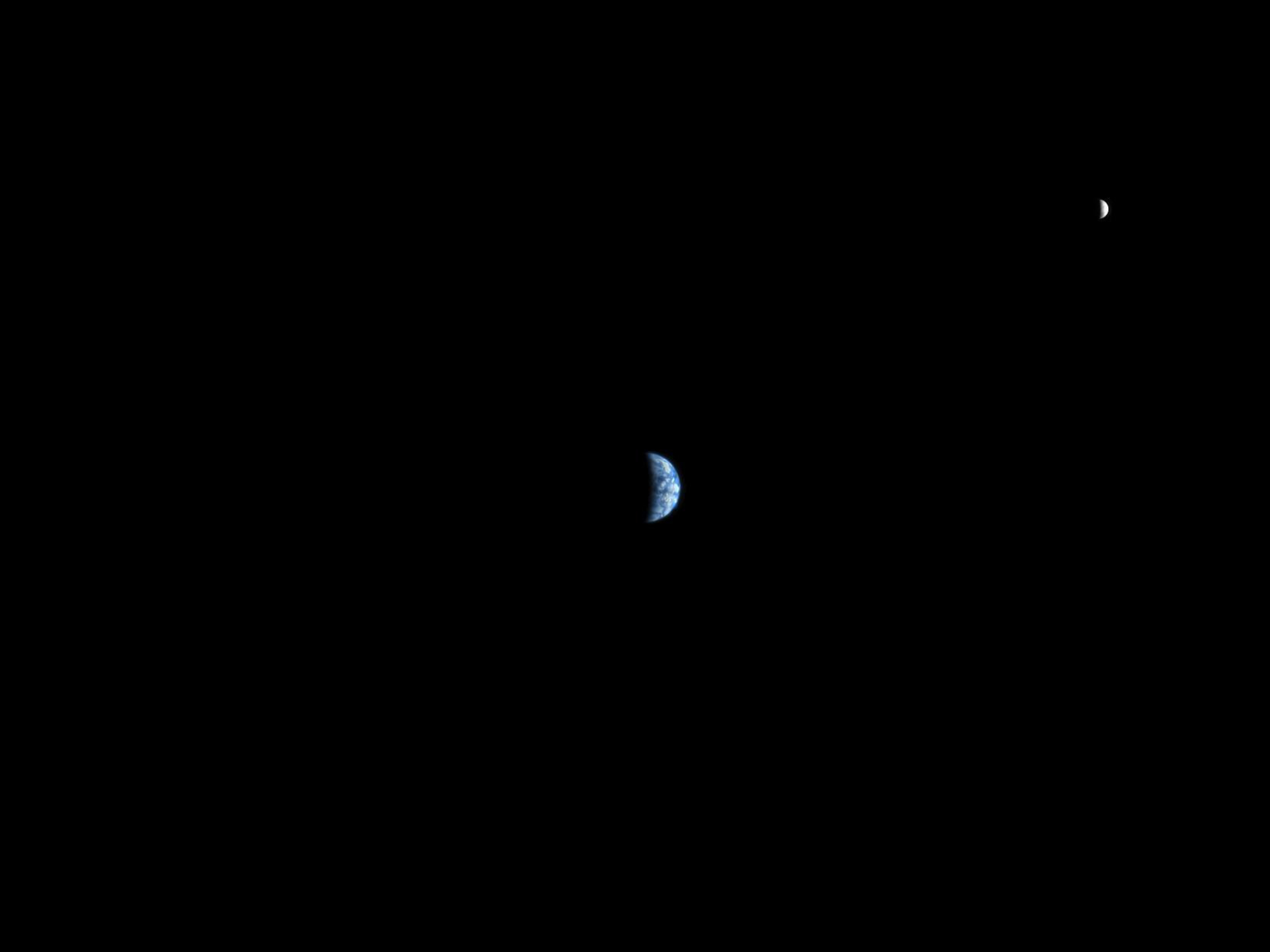In 1961, the astrophysicist Francis Drake came up with the equation later named after him, with which one should be able to calculate how much intelligent life there would be in our Milky Way. He ranked seven factors, from the formation rate of new stars to the estimated probability of planets with a possible ecosphere.
In doing so, he came up with thousands of higher life forms. As naïve as this mathematics of cosmic life seems today, it not only caused scientific discussion at the time, it inspired filmmakers and authors to the genre of encounters with extraterrestrial life. ‹Star Trek›, ‹Star Wars›, and ‹Alien› became the worldwide myths of this material narrative of ‹higher› life. The next generation of astrophysicists took the topic more seriously and grasped all the parameters necessary for life to unfold. Geologists called it plate tectonics; planetologists called it the presence of a Moon and a giant planet like Jupiter; and cosmologists the right distance to the center of the Milky Way. This resulted in over a hundred values of where the Earth lay in the narrow optimal field. The thousand cosmic places of life became the one, became the lonely Earth. To illustrate the probability of higher life in space, cosmologists have since resorted to the image of a typewriter: it is strapped to a chair with continuous paper in the jungle of Sumatra. The monkeys begin to play with the keys. The probability that Shakespeare’s ‹Hamlet› will be put on paper in the monkey play and controversy corresponds to the accidental possibility of higher life. What cosmologists say without wanting to say it: Life on Earth is no coincidence. It is intentional – just like Shakespeare’s ‹Hamlet›.
Book Reference Peter D. Ward, Donald Bownlee, Rare Earth. Berlin 2001.
Image Earth and Moon from Mars (2007). Photo: NASA/JPL-Caltech/University of Arizona – Translation: Monika Werner












